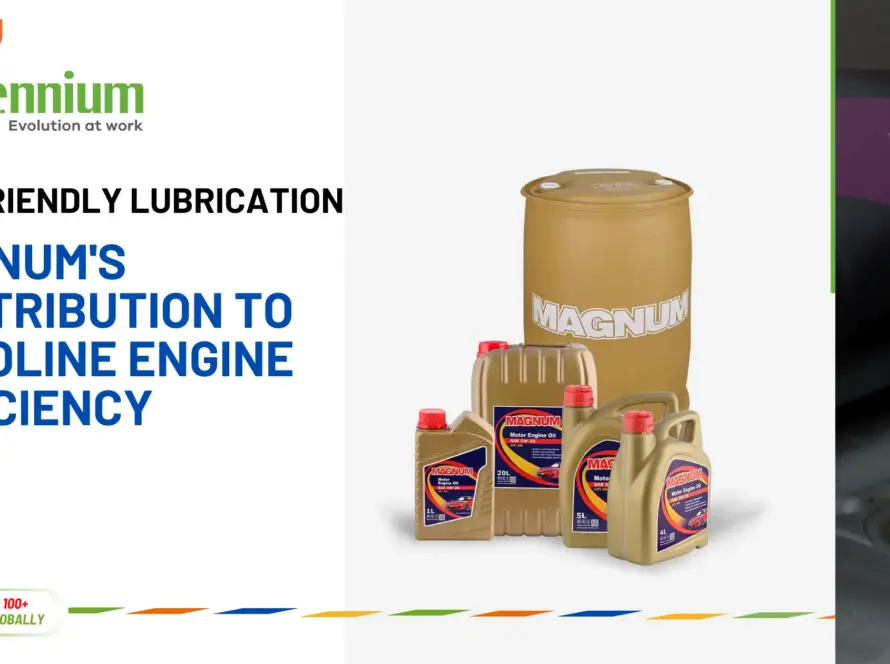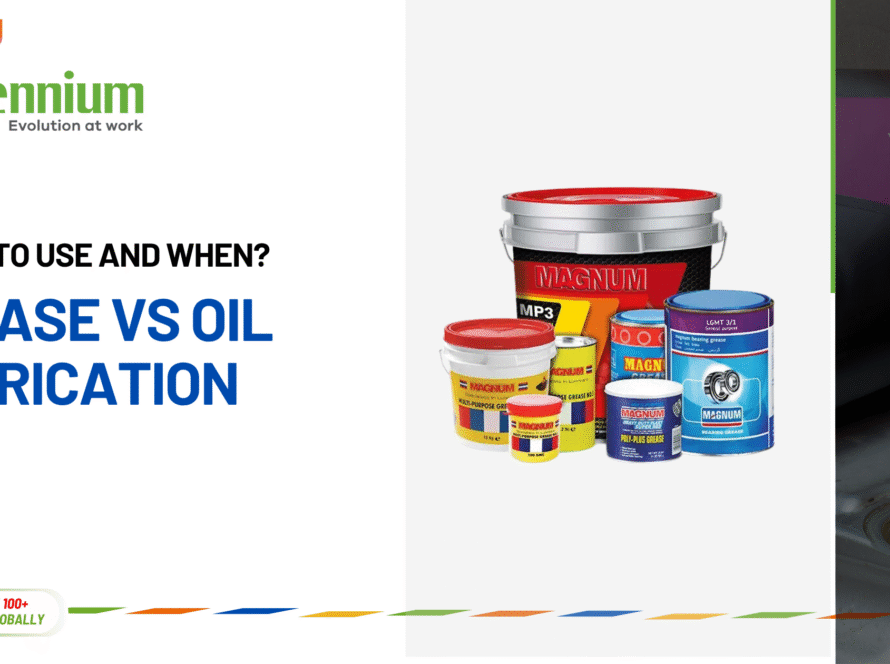In relation to keeping heavy machinery and gadgets performing smoothly, different types of hydraulic oil are the unsung heroes backstage. From manufacturing unit floors to production sites or even in automobile workshops, this unique fluid keeps everything moving, responsive, and guarded—irrespective of how difficult the activity or harsh the conditions are.
Hydraulic oil is not just about energy transfer. It additionally allows cooling of the system and lessens pressure and friction by making certain internal parts stay lubricated. Think of it as the lifeblood of any hydraulic device—it makes sure machines don’t just perform properly but also enhance their longevity most effectively.
This guide runs down what hydraulic oil simply is, the difference between ISO grades 32, 46, and 68, their varied usage, and the proven ways to enhance the life of your machine.
What is Hydraulic Oil, Truly?
Hydraulic oil is a fluid used by internal machines that run on hydraulic structures. Its fundamental process is to hold and transfer power from one part of the machine to another. But that is not all because it additionally keeps the system cool, protects against wear, and stops rust or corrosion from developing inside the machine or in its components.
Typically, depending on the types of hydraulic oil, it may be made from mineral oils, artificial fluids, or specific water-based solutions. The secret is picking an oil that stays stable across exceptional temperatures and pressures. That way, your equipment does not malfunction in a cold environment or overheat and cause a temporary failure.
Breaking Down the Viscosity Grades
Ever wondered why there are so many numbers like ISO 32 or ISO 68 on hydraulic oil boxes? Those numbers represent viscosity. In other words, it reflects how thick or thin the oil is.
Here is an easy way to reflect on it.
Lower viscosity (like ISO 32) indicates thinner oil that flows without problems. This type of hydraulic oil is great for cold climates or structures with high-quality elements that want fast movement.
Higher viscosity (like ISO 68) indicates thicker oil that remains more stable and protects under stress. This oil is of high quality and is suitable for use in moderate environments or heavy-duty systems.
Deciding on the incorrect viscosity can result in all forms of problems. If it is too thin, the elements will not be properly covered and protected. If it is too thick, the gadget might struggle to pump the oil properly. In both ways, it puts additional pressure and risk on the machinery as well as your wallet.
The Difference
ISO 32: This hydraulic oil is mild and easy to flow. It is best for use in machines indoors or in cold environments.
ISO 46: It is a well-balanced mid-level hydraulic oil type that is ideal for use in moderate climates. It is the go-to grade for lots of machines that typically do not face extreme heat or heavy pressure.
ISO 68: It is a much thicker hydraulic oil type and is extra durable. This one shines in outside settings or excessive-stress systems — think of excavators and other mining and construction gadgets.
If you are torn between hydraulic oil ISO 32 vs 46 vs 68, the first thing to do is check your system’s guide. It will inform you what the manufacturer recommends based on temperature, load, and gadget layout.
Areas of Application of Hydraulic Oil
- Agriculture: Tractors and harvesters need hydraulic oil to protect against workload, wear, and reduced operation.
- Aviation: Aeroplanes use lightweight artificial hydraulic fluids that allow them to perform properly in severe temperatures, both at high altitudes and on the ground.
- Automotive: From automobile lifts to brake systems, hydraulic oil plays a crucial role in maintaining a steady power supply and safety.
- Building and construction: Large machines like bulldozers and excavators rely upon thicker, high-viscosity oil to address heavy demands and perform well under outdoor extremes.
Helpful Tips for Maintenance
- Look ahead to warning signs and symptoms: If you see slower performance, hear weird noises, or notice leaks, it would imply the oil is degrading, or worse, the gadget is damaged.
- Exchange the oil regularly: Do not wait for the system to fail. Follow a strict schedule to check the systems regularly and change the oil based totally on hours of use or manufacturer guidelines.
- Keep it clean: Ensure the use of filters to prevent debris and check for any accumulation. Even tiny particles can harm precision parts and clog the narrow pathways.
- Check the viscosity and temperature: Hydraulic oil that is too thick or too thin for a machine will not work properly. Keep an eye on the way it reacts throughout the operation.
Frequently Asked Questions about the Types of Hydraulic Oil and Choosing the Right Grade
What does ISO 46 imply in hydraulic oil?
Is it good to mix ISO 32 with ISO 46?
Which hydraulic oil is excellent for excavators?
How does the wrong viscosity of oil impact the machine?
Last Thoughts
The types of hydraulic oil enhance the performance and life of the machine. This, in turn, increases productivity and profit. Knowing how this oil works makes it less difficult to pick out the right one, and helps keep away from unserviceable damage or expensive repairs down the road. The goal is to select the viscosity based on the workload and surroundings of your device. That way, you will get easy overall performance and longer gadget life.



